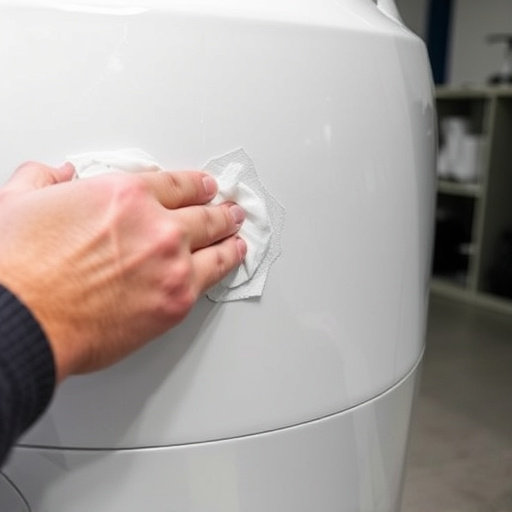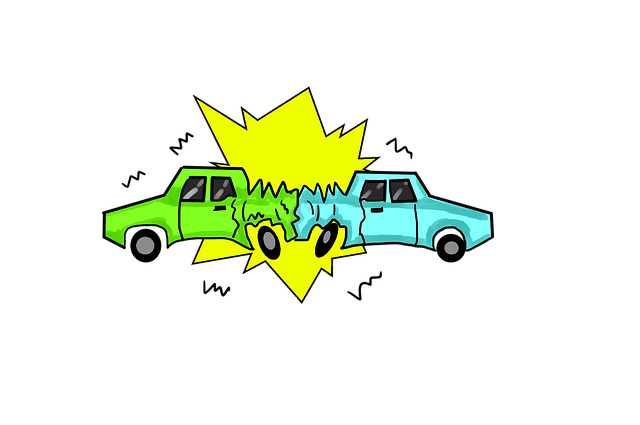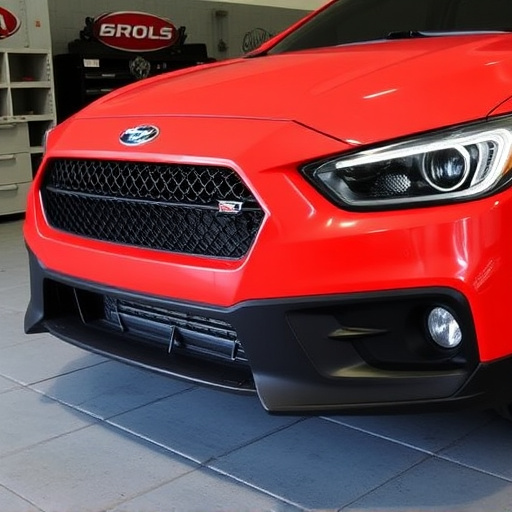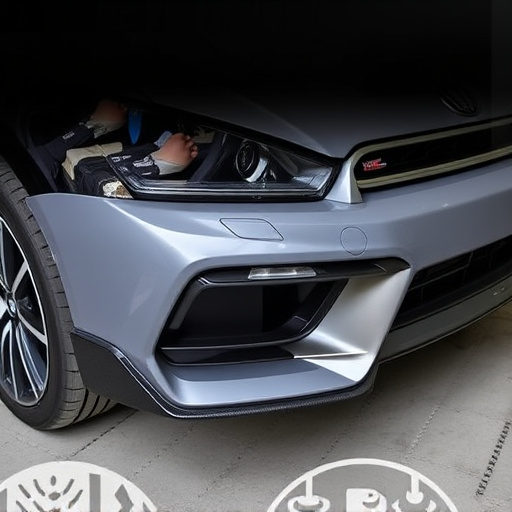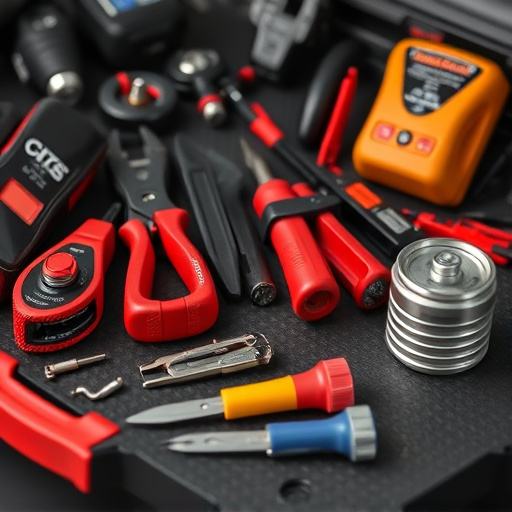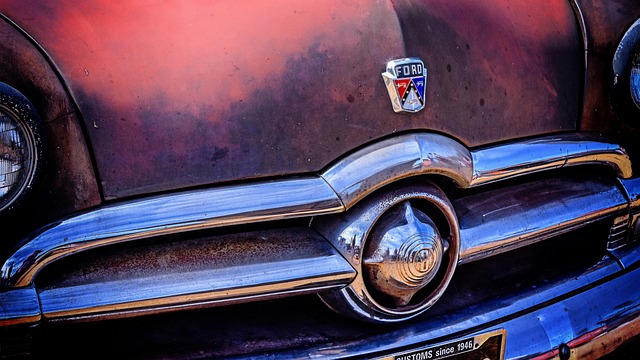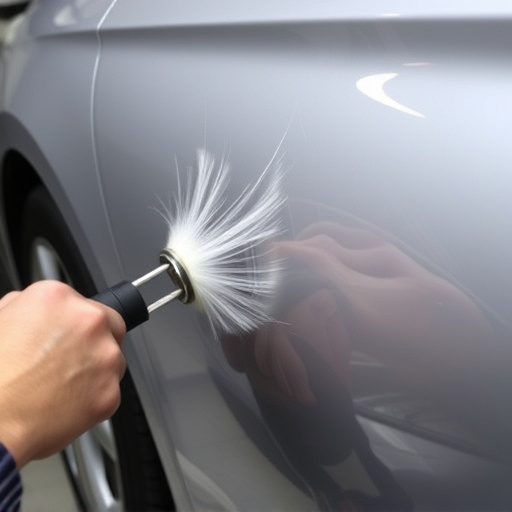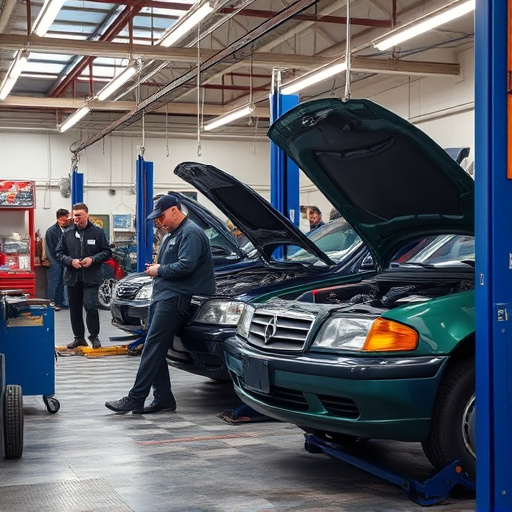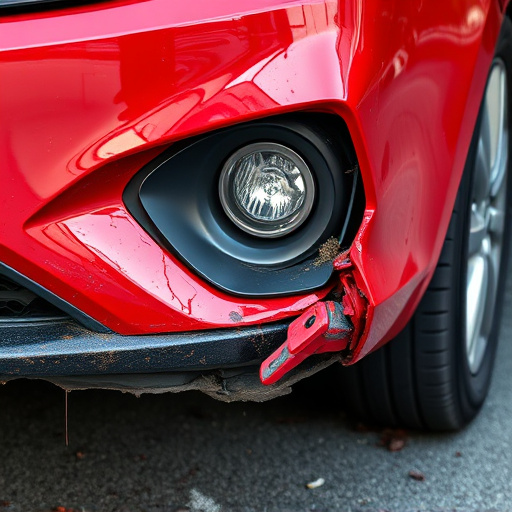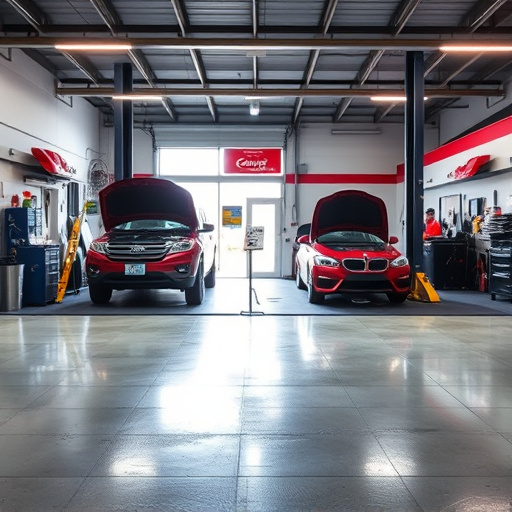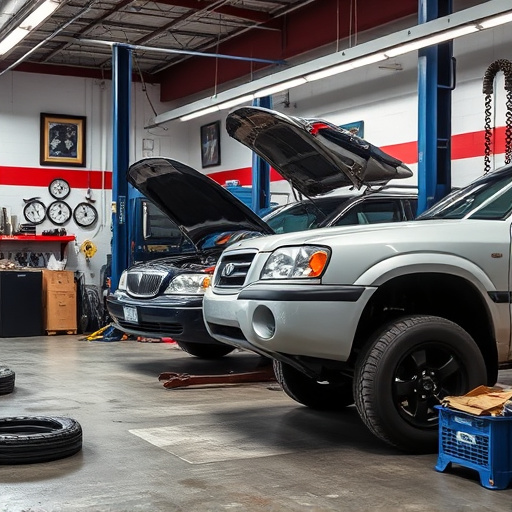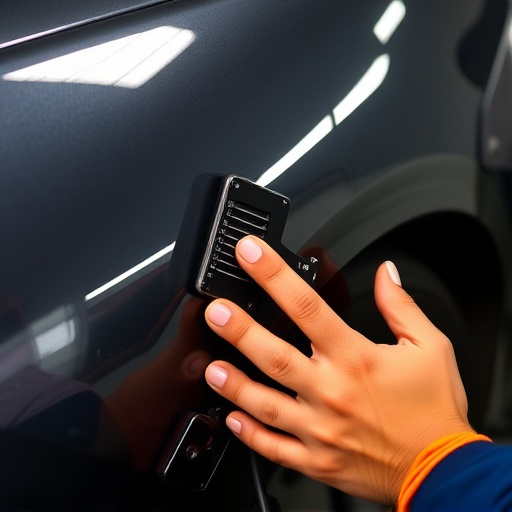Hood dent removal starts with assessing damage (size, depth, type) using collision repair expertise. Minor dents may be DIY-able, but deeper cases require professional auto bodywork services using specialized tools for faster, safer results. Budget, time, and desired aesthetic outcome guide the decision, ensuring a seamless finish that enhances vehicle exterior value.
“Uncovering the art of hood dent removal, this guide navigates common pitfalls and offers expert advice. From identifying subtle dings and scratches to understanding diverse removal techniques, DIY enthusiasts and car owners alike can benefit from these insights. Learn the do’s and don’ts, ensuring successful repairs without causing further damage. Discover the importance of preparation, tool selection, and aftercare for optimal results in hood dent removal. Master these steps, and your vehicle will shine with restored beauty.”
- Assessing Damage and Choosing the Right Method
- – Identifying hood dents: Dings, scratches, and creases
- – Understanding different removal techniques (e.g., DIY vs. professional tools)
Assessing Damage and Choosing the Right Method
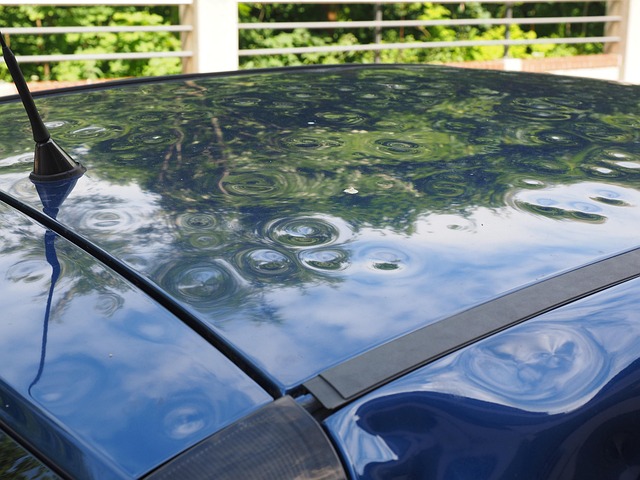
When it comes to hood dent removal, assessing the damage is the first step. It’s crucial to determine the size, depth, and type of dent before deciding on a repair method. Misjudging the extent of the damage can lead to inadequate repairs or even worse, further damaging the car’s bodywork. There are various techniques for hood dent removal, from DIY kits to professional car paint services. For minor dents, a DIY approach using tools like rubber mallets and suction cups might be suitable. However, for deeper or more complex dents, it’s best to seek help from experienced technicians who offer quality car bodywork services.
Choosing the right method involves understanding your budget, time constraints, and desired outcome. While some methods are quick fixes, they may not provide a long-lasting solution. Professional car paint services often offer the most durable results, especially for severe cases of hood dent removal. They have the expertise and tools to match the original car paint perfectly, ensuring a seamless finish that enhances your vehicle’s aesthetics. Remember, taking the time to assess and choose the right approach will save you from costly mistakes and ensure your car’s exterior looks as good as new.
– Identifying hood dents: Dings, scratches, and creases
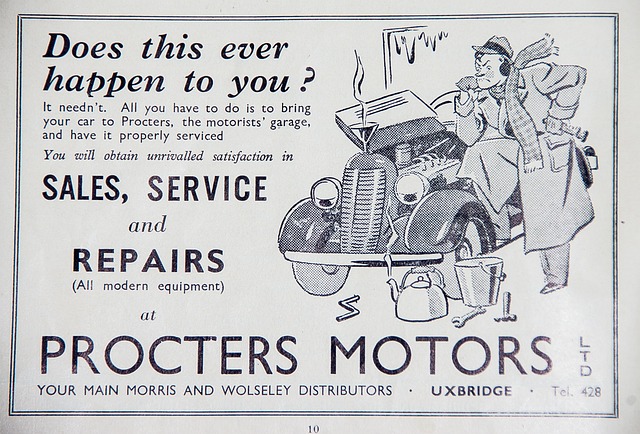
Identifying hood dents is the first step in any hood dent removal process. Dings, scratches, and creases are the most common signs of damage on a car’s hood. Dings often appear as small depressions or indentations in the metal, while scratches can vary from shallow gouges to deep etches that mar the surface. Creases, on the other hand, are typically caused by impact or misalignment and result in bends or buckles in the hood’s panel. These imperfections not only affect a car’s aesthetic appeal but could also compromise its structural integrity if left unaddressed.
When examining your vehicle for hood dents, look for any visible signs of damage. Use a flashlight to peer into hard-to-reach areas and check for subtle bulges or misalignments that might indicate hidden dents. If you’re unsure about a particular mark, consult with collision repair services or tire services professionals at an auto repair shop who can provide expert advice and guidance on the best course of action for hood dent removal.
– Understanding different removal techniques (e.g., DIY vs. professional tools)
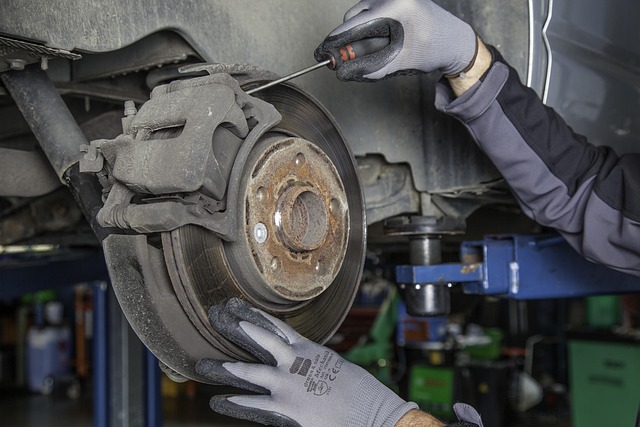
When it comes to hood dent removal, understanding the various techniques available is key. Many opt for DIY methods, using kits that offer a cost-effective solution. However, these can be challenging and time-consuming, especially for more severe dents. Professional auto bodywork services employ specialized tools designed for precise and efficient hood dent removal. These include pneumatic hammers and mechanical extraction tools, ensuring faster and safer results than amateur attempts.
While DIY kits are a popular choice for minor dings, they may not be suitable for complex repairs. Professional auto dent repair techniques, employing advanced equipment, can handle even the most intricate bumper repair scenarios. This level of expertise guarantees better outcomes, preserving the vehicle’s aesthetics and resale value, which is particularly important for those who want their cars to look as good as new.
When tackling hood dent removal, it’s crucial to approach the process with a clear understanding of your vehicle’s damage and the available techniques. By carefully assessing the extent of the dents, creases, or scratches, you can make an informed decision between DIY methods and professional tools. Remember, each hood dent removal method has its advantages and considerations, so choosing the right one will ensure the best results, preserving your car’s aesthetics and value. Stay informed, avoid common mistakes, and embark on your hood dent removal journey with confidence!
